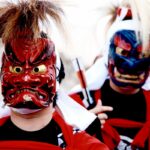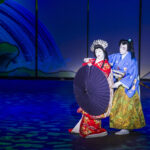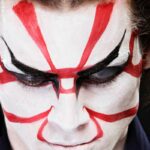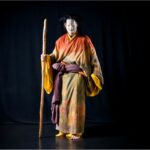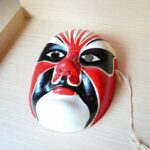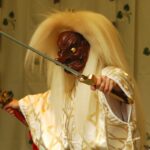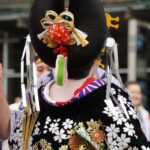Are you interested in viewing a Kabuki play yourself? If you are then there is a lot that you need to know about Kabuki and what to expect. That is why we are here.
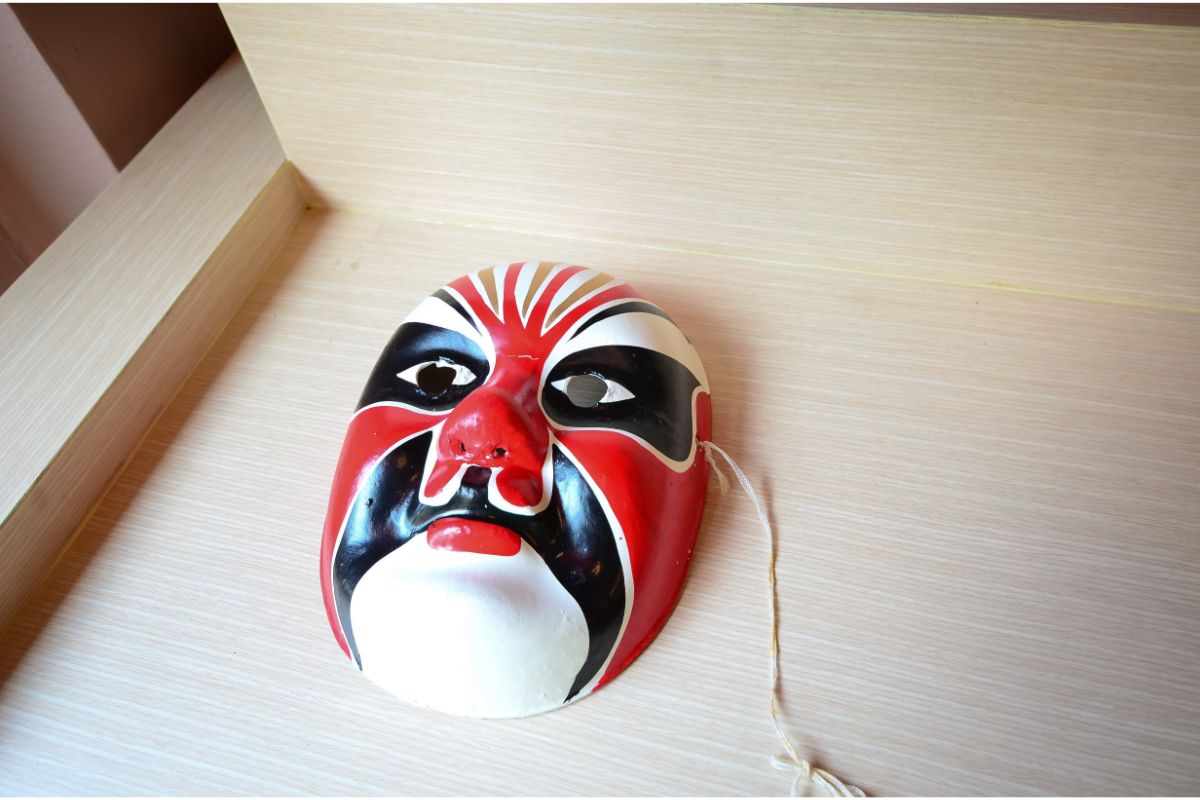
In this article we have gathered the most important information that we think you will need to enjoy and better understand what to expect at a Kabuki performance.
With all of that said, let us dive right in and get started!
When Is The Best Time To Watch Kabuki In Japan?
In Japanese culture it is traditional for people to watch Kabuki at the end of the year and in early spring (see also ‘The Cultural Significance Of Kabuki: Japanese Heritage And Influence‘).
If you happen to be visiting Japan during either of these times you will need to make arrangements to watch and enjoy this traditional performance of art in person.
It is so much better in person than you could ever imagine.
For performances that occur at the end of the year we recommend that you go to Minamiza which is the traditional kabuki theater located in Kyoto. Every year it hosts a grand and auspicious show which allows you to see these actors on stage.
But what if you cannot go for the end of year performance? If this is the case then you may want to go to Kabukiza Theater in Ginza which is located in Tokyo. Almost every month this theater holds a performance.
So you will almost certainly find something that you can enjoy there
This theater is one that you will easily be able to recognize as it has very vibrant red accents with programs and guides framed.
These guides are displayed in the traditional style of ‘Ukiyo-e art’ This makes the whole experience that much more attractive and traditionally Japanese.
What To Expect Before You Watch A Kabuki Show
If you have never been to a kabuki performance before then there are a few things that you may not be expecting. For one, a normal Kabuki performance is usually divided into a morning segment and an evening segment.
There will also be between three and four acts per segment. Each segment will last up to four hours.
The plot will usually seamlessly weave into historical drama, social drama, dance and intermissions between each one.
When there are breaks you will be allowed to eat. In fact, many people that go and watch Kabuki acts will make and pack their own lunches to enjoy during the intermissions.
But if you did not have the time to make your own food, do not worry. There are some theaters like Kabukiza theater which will sell high quality bento boxes.
The Kabuki Stage
If you expect a Kabuki stage to be like those we have in Western countries you are going to be sorely disappointed (see also ‘All About Hanamichi: Kabuki Stage Design‘).
Normally a Kabuki stage has a straight path called the flower path or ‘Hanamichi’, this is located on the left side and then connects to the main stage.
This part of the stage is used when a character must exit which then divides the audience into two sides. This is quite unique to anyone that has been to a European play.
Any actors that enter the stage from the flower path will be closer to the audience which means that their entrance will be far more dramatic than you are used to.
There are holes on the flower path which is where there may be appearances of special characters, monsters or animals. On top of that the stage curtains or ‘Joshiki Maku which are typically red, green or black have been used way back in the Edo period.
How To Best Enjoy Kabuki
Before you even go and enjoy your Kabuki show we recommend that you take the time to learn about the play you are going to see. You should have at least a basic understanding of the plot.
Or at the very least you should get a hold of the program.
The reason that this can improve your Kabuki experience is because if you have a good understanding of the storyline before you can enjoy the whole experience much better.
It will be easier to focus on all the gorgeous visuals and the sound if you are less focused on the English Audio Captions. These captions are only available at a few theaters for an additional fee.
Because of this you should really take the time to research and understand the story before you go. You’ll thank us later!
Kabuki And Its Aesthetic
The majority of people that are new to Kabuki will be interested in a group of musical performers known as ‘The Hayashi’.
They are well known for their narration, and their skill in playing a three stringed instrument known as the ‘Shamisen’ (see also ‘3 Musical Instruments Synonymous With Kabuki Explored‘).
These musicians are often seen playing on the far right side of the stage but they do also play their music behind the curtain where you cannot see them.
These musicians not only play music but also make a whole host of sound effects like hoof beats, swords clanging and various other sounds to enhance the performance.
Another of the unique features that surrounds Kabuki is the fact that the actors are often showered with praise (see also ‘A Breakdown Of A Kabuki Actor’s Technique‘).
If people in the crowd are familiar with the performance and actors they may shout out these celebrities’ family stage names or Yago.
This most often occurs during the climax. This can make your Kabuki watching experience a very energetic and lively affair.
Which Kabuki Show Should You Go See?
If you have never seen a Kabuki show for yourself then it is usually recommended that you see one of the three most famous kabuki masterpieces which are as follows:
- Sugawara Denju Tenarai Kagami
- Kanadehon Chushingura
- Yoshitsune Senbon Zakura
One of the best reasons for choosing to watch one of these masterpieces is that you can easily find the basic story on the internet. Because unless you speak Japanese fluently you will not understand what is going on.
But if you read up on the story you will be able to get the gist of the story while being able to appreciate everything that is happening onstage.
How Do You Buy Tickets?
If you want to purchase a ticket to a Kabuki show then you will need to visit the official Kabuki Website. At this website you should be able to book your ticket online.
The price will be entirely dependent on what type of seat you want. Typically, the price of a ticket will range between four-thousand Yen and twenty-thousand Yen.
This particular website is great because they offer tickets for a wide variety of performances and ventures all across Japan. So, you should be able to find a show in your area with ease.
Final Thoughts
We hope that you have enjoyed reading this article and learning everything you need to know about booking, watching and the background of Kabuki.
There really is a lot to know about kabuki (see also ‘8 Fun Facts About Kabuki you Probably Didn’t Know‘). More than we could ever cover in one article. It is for that reason that we recommend you check out some of our other articles.
There are tons of great articles out there that are bound to be of interest to you.
With all of that said, we hope that you have a great day. Goodbye for now!
- 16 Best Websites To Watch Japanese Movies With English Subtitles - May 11, 2023
- Is ZIPAIR The Best Airline For Traveling To Japan? - May 11, 2023
- Ryu Murakami Vs Haruki Murakami – Which One Should You Read? - May 11, 2023

